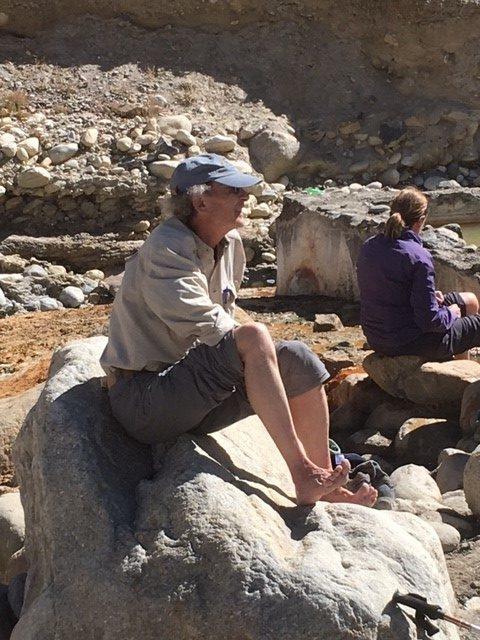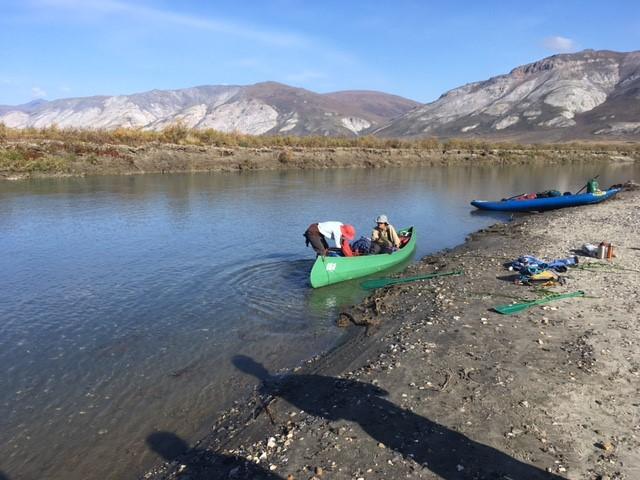
An ode to Bob Childers
Bob Childers served on the Trustees for Alaska board of directors for over twenty years, his first stint starting in the late 1980s, and his last ending in 2020. He’s one of four Trustees board members who have received an Alaska Conservation Foundation Lifetime Achievement Award and been inducted into its “hall of fame.” Above all, Childers is a lover of wine, laughter, the law and the land, with a deep connection to the Arctic. Here, his friend and Trustees alum Eric Smith recounts his Childers story.
By Eric Smith

I first met Bob when I came to Alaska as the new executive director of Trustees in 1982. Bob was on contract to Trustees then, and he called me up and asked me to have lunch with him. We met at the Lucky Wishbone. All Bob knew about me was that I was a DC lawyer with an Ivy League education, so he must have decided that he had to act like a DC consultant – which is precisely what he did.
I sat there thinking to myself, “why is this ex-hippy acting so straight?”
Childers vs. James Watts
Once we got that clarified, we became close friends and colleagues, which has continued to my great joy to this day. And more to the point, our lunch continued the ongoing relationship between Bob and Trustees, a relationship that only formally ended last year and one that so thoroughly redounded to Trustees’ benefit.
Bob was extremely proud of the fact that he was a named plaintiff in the very first lawsuit filed against James Watt, in which Trustees successfully challenged Watts’ decision to transfer authority over the study of the Arctic Refuge from the U.S. Fish and Wildlife Service to the U.S. Geological Survey.
But he did so much more than that for Trustees, the conservation community, and Alaska as a whole. He has been a key activist in the fight over the Refuge for some 40 years, and he did so with insight and humor and a keen sense of tactics and strategy. Bob also thought more broadly about conservation issues throughout the state, providing highly valued advice on more issues that anyone could count.

Standing with the Gwich’in
I think, though, that in many ways Bob’s most important contribution came out of the work he did with the Gwich’in. He was their trusted advisor for many years – and in recognition of his service, they adopted him into the Gwich’in Nation, giving him the name “Gwich’in Bob.”
Through that work and his innate understanding of how to act, he brought a level of cultural competence to his work with the conservation community that was central to its ongoing ability to work effectively with Alaska Native people. I have no doubt that this perspective came up a lot at Trustees’ board meetings, a perspective that undoubtedly helped shape the effective work of Trustees. Notwithstanding the fact that I did not always know what he was up to (a trait he shared with the other Trustees consultants at the time), I learned a lot from Bob. His advice and good spirit were incredibly important to me both then and to this day. Trustees indeed was lucky to have him.


